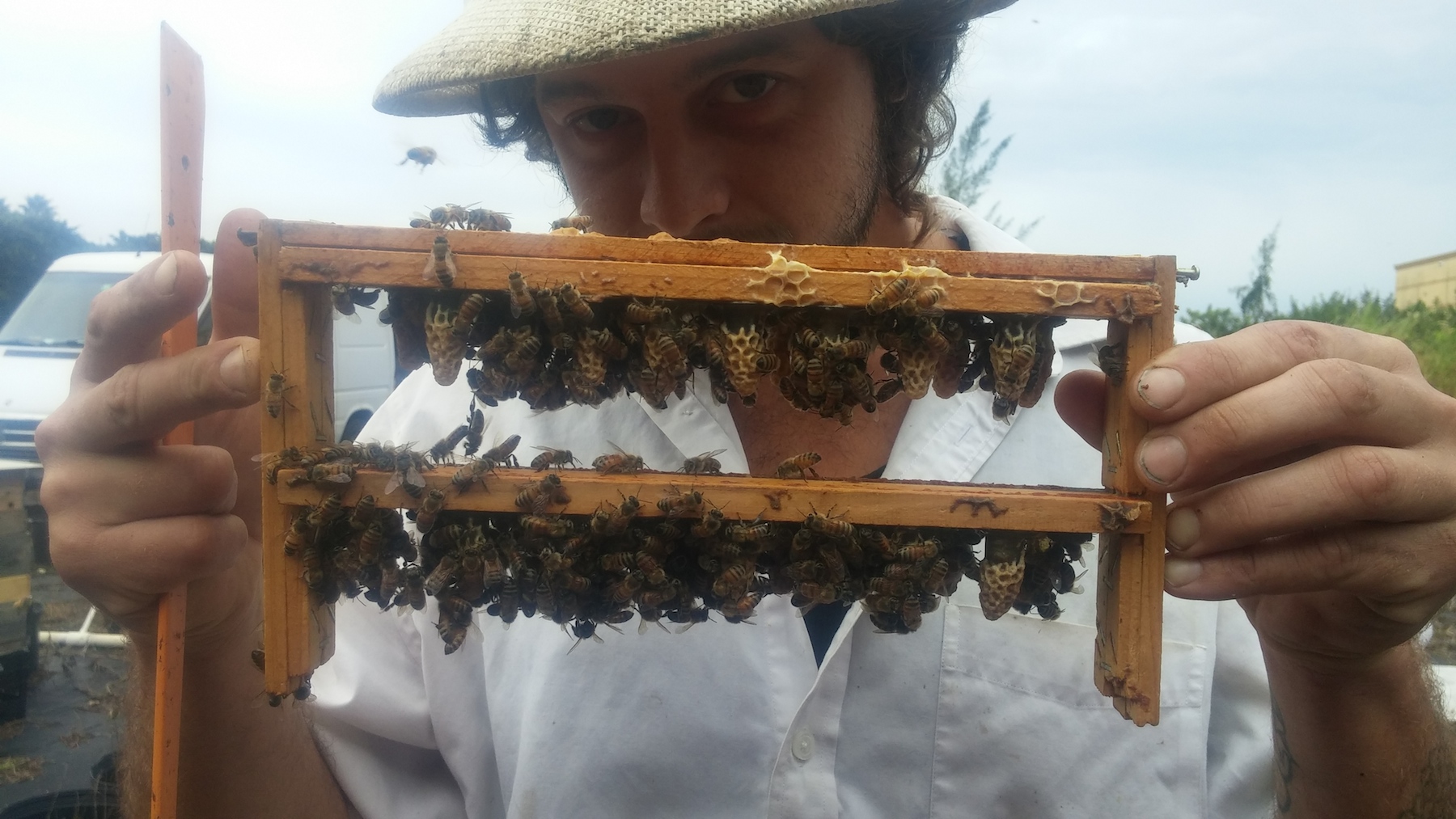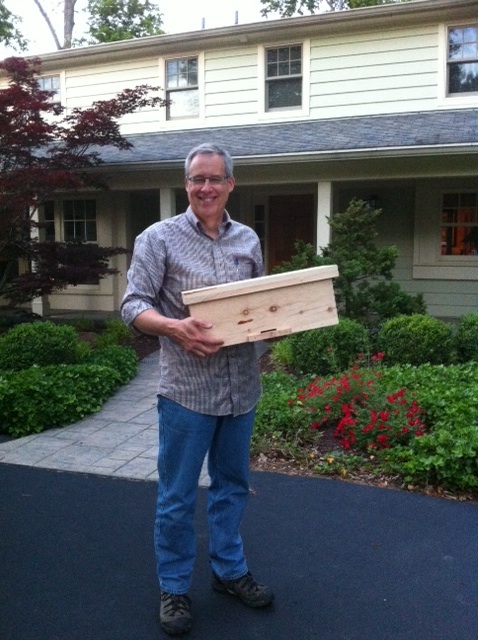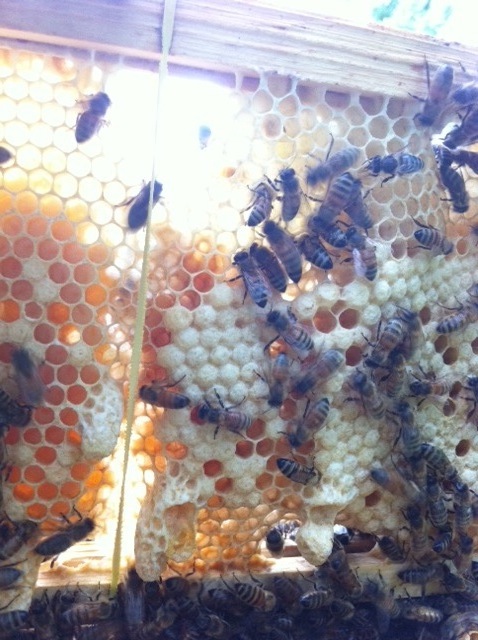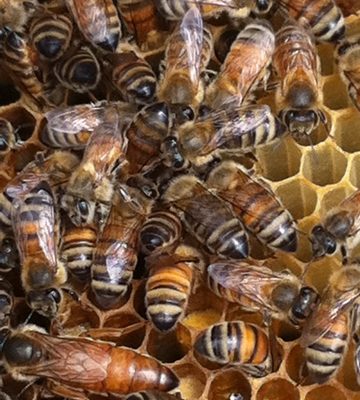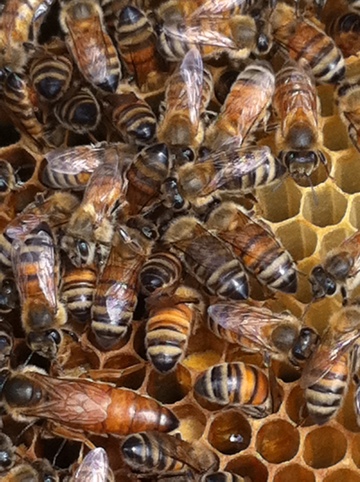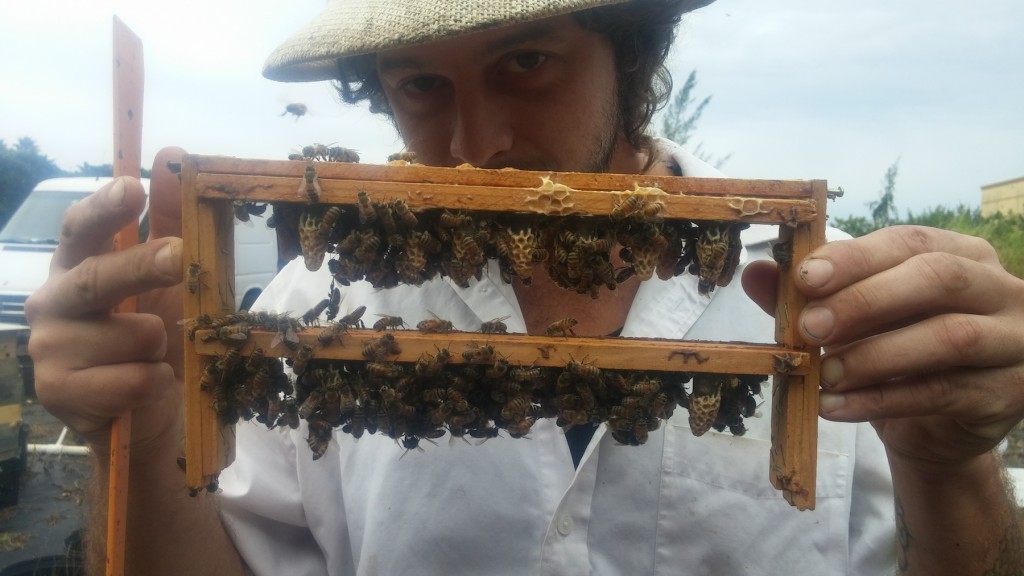
The temperatures these past couple of weeks have given those of us in Ohio an opportunity to check on the bees and to feed sugar candy or honey to those colonies running low on stores. I’ve made a wonderful discovery, Reader: By my calculations (which might be off by a smidgen because my record keeping isn’t perfect), every single hive in which I introduced a queen from Anarchy Apiaries is still living. What a joy to open a hive in which a colony is quietly working toward spring.
Colonies with genetics from my own queens…queens that I started from local surviving stock…are still flying as well. Though I’m not ready to produce quantities of queens, Sam Comfort is. So, if your hive died this winter, I suggest you consider replacing your queens mid summer with those from Anarchy Apiaries.

